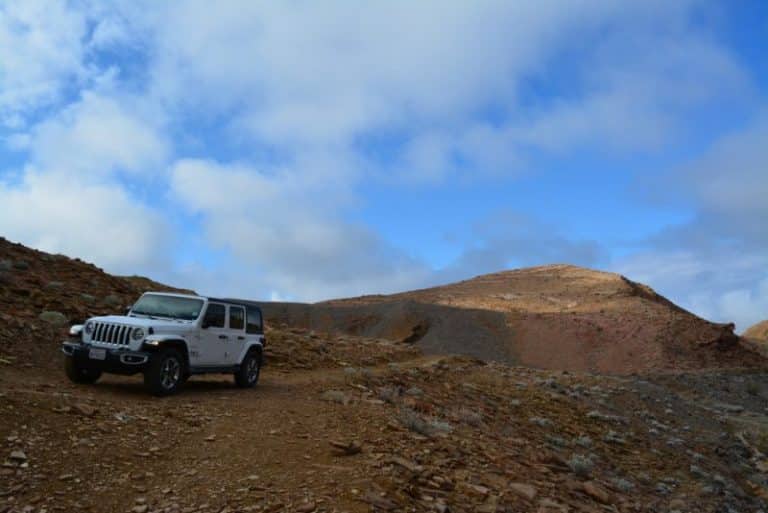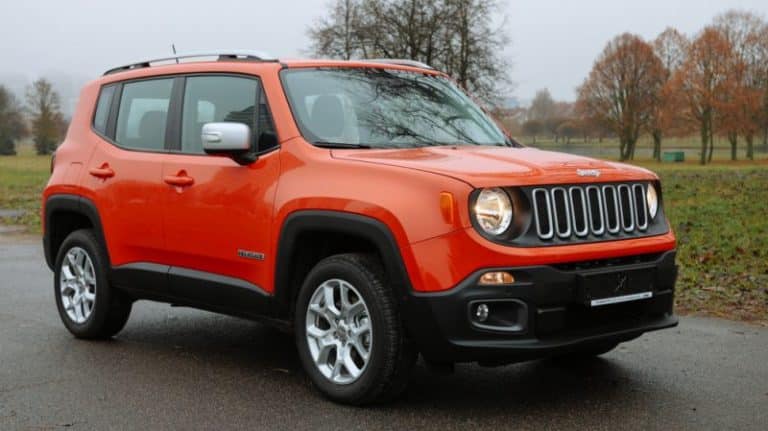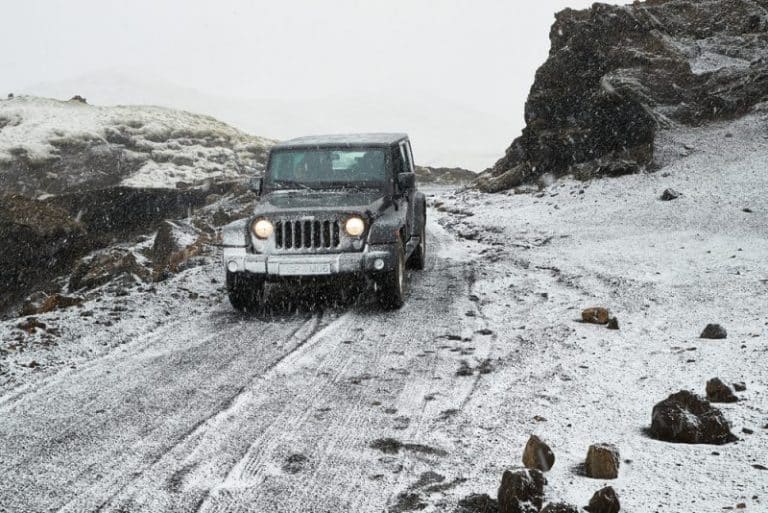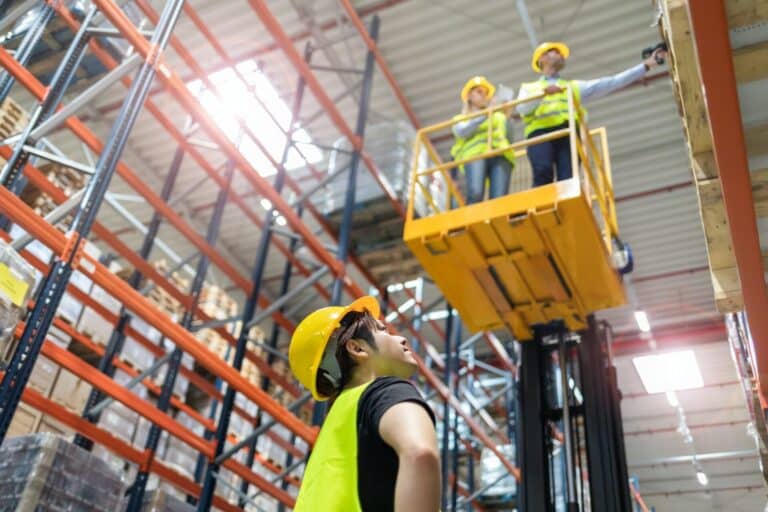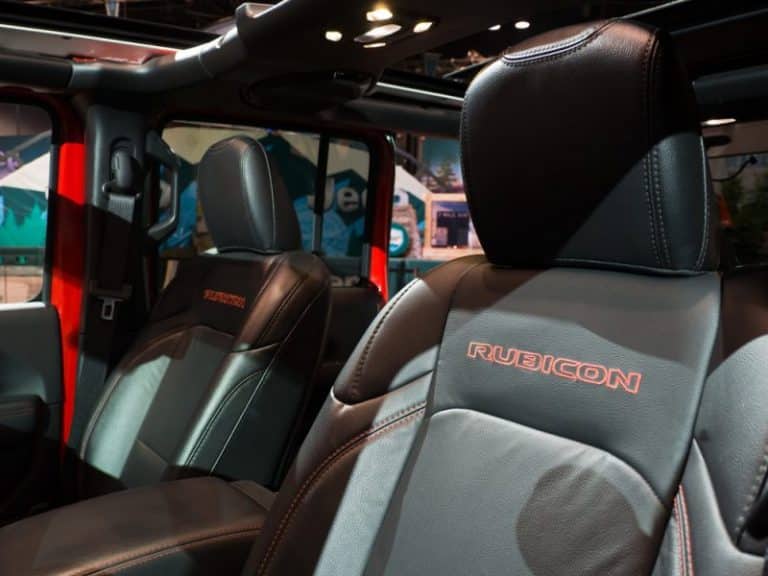Do I Know If My Jeep Cherokee Has Heavy-Duty Brakes? (Must know)
Brakes are one of the essential components in automobiles. The Jeep Cherokee is a fairly large vehicle and would benefit from a superior braking system.
Speaking of superior brakes, if you are a car enthusiast, you must have thought of heavy-duty brakes. Does Cherokee have heavy-duty brakes?
If so, how can you tell?
By checking inside the wheel, you can confirm if your Jeep Cherokee has heavy-duty brakes. If the rear rotors vents like the front rotors, your vehicle has heavy-duty brakes. Rotors are discs that are joined to each wheel. A vented rotor has inner and outer discs linked together by ribs.
What Are Heavy-Duty Brakes?
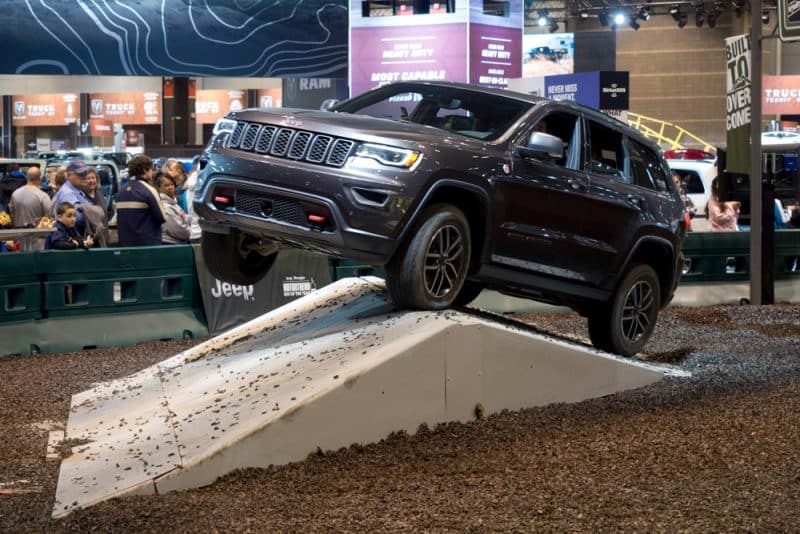
Heavy-duty brakes are brakes in vehicles that weigh more than 10,000 pounds. The brakes come equipped with pads that have excellent braking performance.
It could be either ceramic brake pads or metallic pads. They perform in harsh circumstances and can endure extreme heat, towing regular stopping, and heavy-duty work.
Vehicles that use heavy-duty brakes are transit buses, vans, refuse trucks, trailers, and others.
The kind of brake typically used in these vehicles is the air brake.
Air Brake
An air brake is a kind of friction brake used in vehicles. This braking system uses compressed air to shove down a piston and apply force to the brake shoe.
This pressure is enough to prevent the vehicle from moving.
A compressed-air-brake system has two further systems. First, there’s the supply and control system. The supply system has one job.
It compresses, accumulates, and delivers high-pressure air into the control system. It also supplies air to the other air functional supplementary truck systems.
These systems include the gearbox and clutch pedals. The task of the air compressor is to pull clarified air from the environment and compress it.
Afterward, the compressed air is stored in a high-pressure reservoir.
Heavy-duty vehicles feature a meter. The meter indicates the volume of air pressure convenient for the prudent performance of the vehicle. This meter also has warning alerts or lights.
Service brakes, foot levers, hand brakes, and an air storage tank are features of the control system. In addition, there’s another braking system for trucks towing a trailer.
The system receives compressed air sent by the supply system.
The emergency brake has a drum or disc positioning. This design holds the ‘applied’ spot using spring pressure.
The air pressure must generate, freeing the “spring brake” emergency brakes. Applying the hand brake leaks the pressurized air between the brakes and the compressed air packing reservoir.
This action permits the spring-initiated emergency brake to employ. However, an abrupt reduction of air pressure instantly leads to a total spring brake force.
The function of the service brake while driving is to slow down or stop the vehicle.
Stepping on the brake pedal engages the service brake, which causes air movement. The air is directed forcefully from the supply tank to the service brake’s chamber.
This action engages the brake.
Releasing the pedal causes the return spring found inside the brake compartment to free the brake. As a result, compressed air escapes the vehicle.
Air brakes are mostly drum brakes; however, disc brake use is also rising.
Wigwag
The wigwag accompanies the air-brake system. The device deploys to inform the driver whenever there’s a significant drop in air pressure in the system.
The device is designed to release a metal arm into the driver’s view.
It drops anytime there is not enough pressure that can dependably initiate the brakes in the system.
The automatic wigwag disappears if the pressure increases higher than the threshold in the system.
On the other hand, manual wigwag has to be pushed back into position by someone.
Advantages Of Air Brakes
Air brakes are substitutes for hydraulic brakes, the latter for smaller vehicles. Hydraulic fluid in hydraulic brakes directs pressure to where it’s needed.
However, heavy-duty vehicles like the Jeep Grand Cherokee use the air brake because of its reliability and the following advantages it has over hydraulic brakes:
- There is an unlimited air supply; therefore, the system can never lack fluid, unlike hydraulic brakes. Therefore, insignificant leaks will not cause a fault in the brake.
- Airline connectors are simpler to join and unfasten in contrast to hydraulic lines. The hazard of air possibly being introduced in hydraulic fluid is removed. Also, there is no need to bleed brakes during servicing.
- Air does not solely function as a means for the direction of force, and it also conserves potential energy during compression. The air then works to control any pressure applied. Conversely, hydraulic fluid can hardly compress. Tanks store adequate energy in air brake systems. This reserve is enough energy to halt the vehicle’s movement if the compressor disappoints.
- Leakages can’t challenge the effectiveness of air brakes. The system has enough “fail-safe” ability to halt the vehicle without trouble when there’s leakage. In addition, the compressed air available in the air brake system has other uses the hydraulic can’t boast of. These uses include seat adjusters and air horns.
How Do Heavy-Duty Brakes Work?
Heavy-duty brakes rely on compressed air in air brakes. When not in use, air pressure overwhelms the diaphragm resulting in a freed brake system.
Pressing the brake pedal will decrease the air pressure and turn the S-Cam, spreading the brake shoes atop the drum. The air pressure now acts to engage the service brakes.
Many of the recent trucks use a double-air brake system. One unit of brake controls operates two of these isolated air brake systems.
If a system doesn’t work, the second will work. The fault in the compressed air system is brake delay.
Brake delay is a lag occurring before air travels inside the lines and pushes the linings to touch the drum. As a result, stepping on the brake pedal won’t make the vehicle stop at once.
Although, the lag is less than a second, so there isn’t much to worry about.
A heavy-duty braking system has many tasks. One is that it maintains a stable amount of compressed air and guides the air’s stream.
Lastly, it employs the air pressure’s energy and transforms it into mechanical force.
Heavy-duty brakes have three separate braking systems. Service brakes operate during normal driving. However, a series of events happen when you step on the brakes.
Air travels into a brake compartment through airlines which forces out the pushrod. The pushrod, in turn, shoves a slack adjuster and turns the camshaft.
The rotation of the camshaft turns the S-Cam and forces the brake linings to touch the brake drum. Finally, a force pushes against the front and back brake pads which clamp down on a brake rotor.
You activate the parking brake by drawing out either or both valves on the dashboard. The dash knob frees the spring found in the brake compartment.
Pulling the valves starts the series of events in the above paragraph.
The emergency brake utilizes parts of the two other systems to halt the vehicle if the brake fails. There’s a durable spring in the chamber having 2,500 pounds of force behind it.
It is held back by a stable and regular air drift in the chamber.
The emergency brakes kick in automatically when little air in the system holds back the spring. Anytime air pressure falls under 60 PSI, a light signals low pressure, and a buzzer might sound.
How Do I Know If My Jeep Grand Cherokee Has Heavy-Duty Brakes?
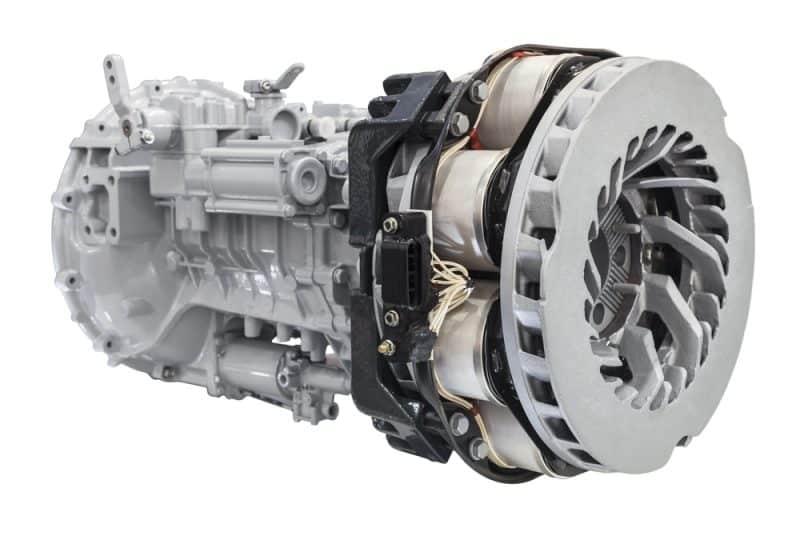
To find out if your Jeep Grand Cherokee has a heavy-duty brake, check the brake code on the decal. You can locate the decal in the glove compartment.
It will tell you if you have heavy-duty brakes fixed by the manufacturers.
Conclusion
You can check if the Jeep Cherokee has heavy-duty brakes by checking inside the wheels. The rear and front rotors will be vented if there’s a heavy-duty brake.
Most heavy-duty brakes use a compressed air brake system but have one drawback, the lag time. So maybe Jeep will reduce the brake lag time to improve road safety in the future.

